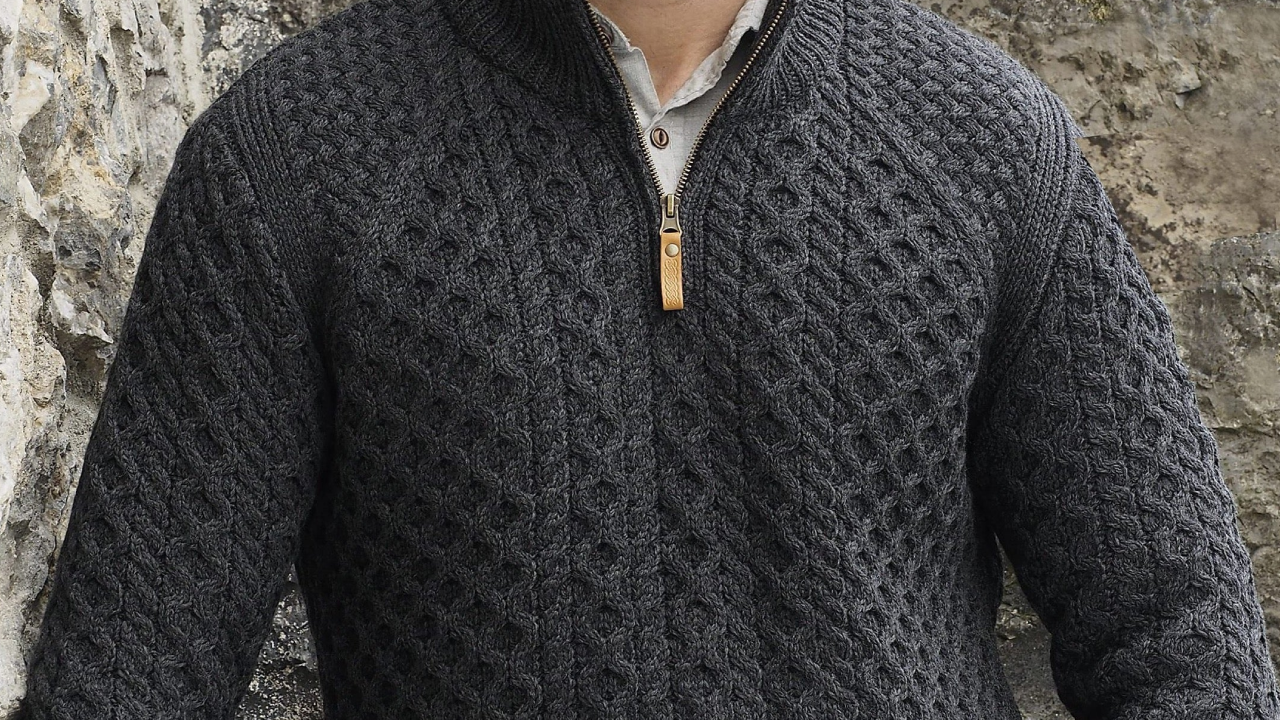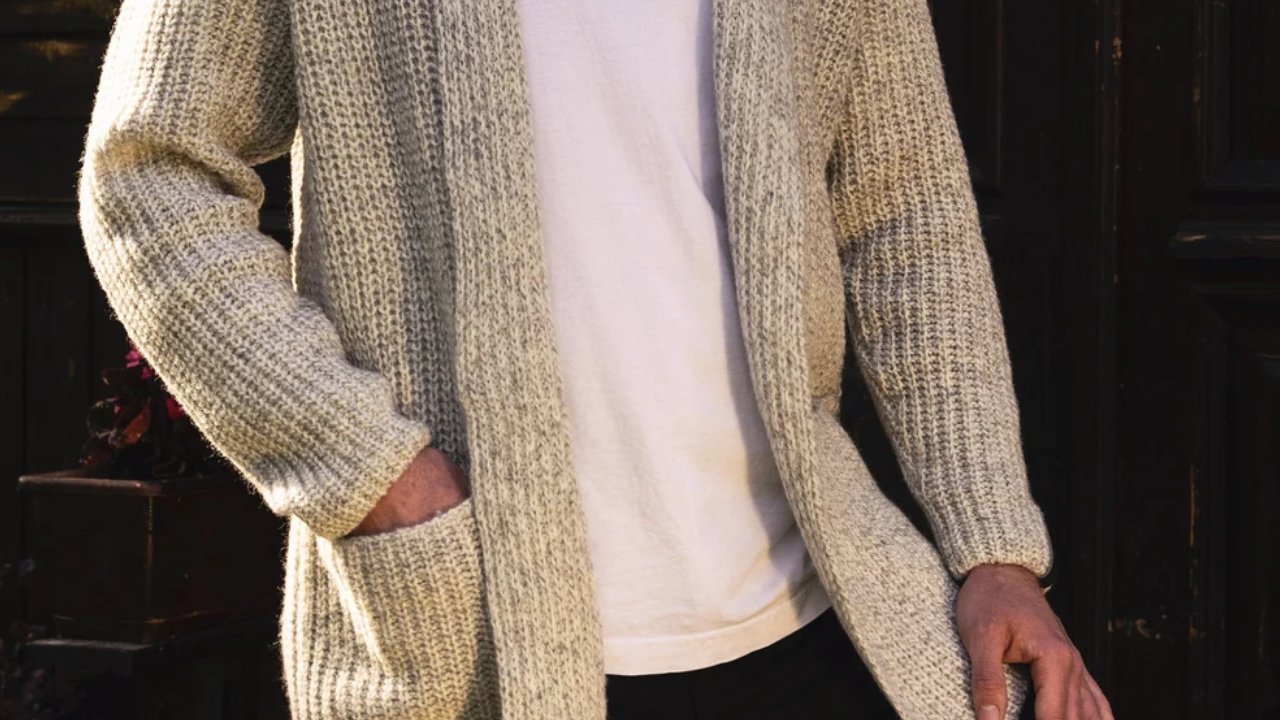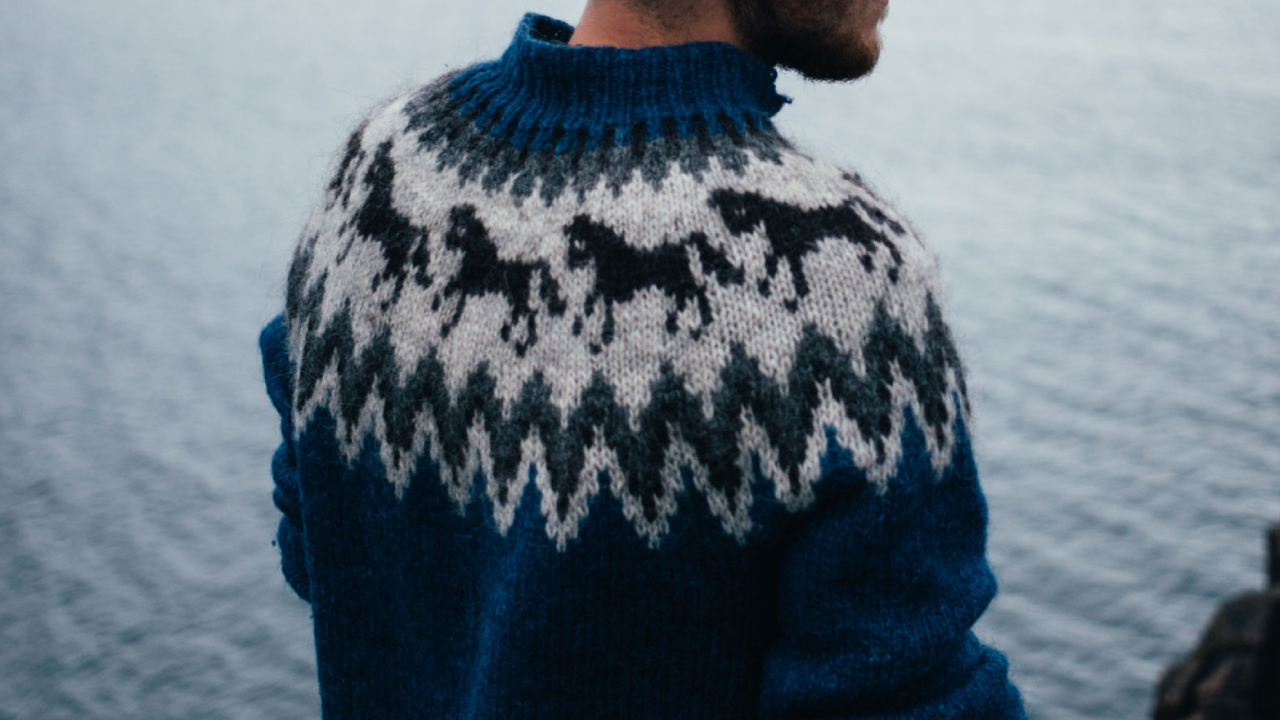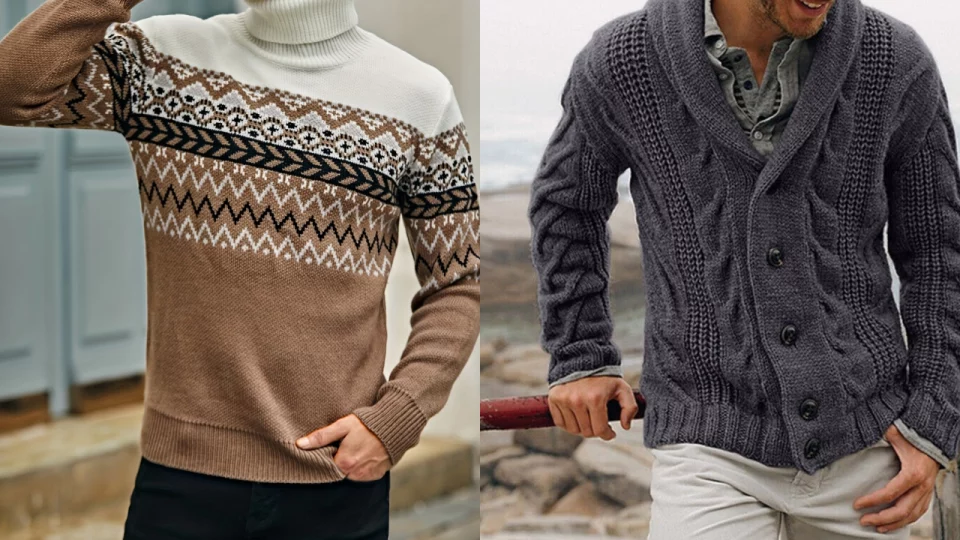In men’s fashion, both sweaters and cardigans have long been essential garments, offering versatility, comfort, and style. Despite their common use as layering pieces and their shared history in keeping wearers warm, they are distinct in many ways, from their design and structure to their cultural significance. Understanding these differences can help any man build a more thoughtful and cohesive wardrobe.
The origins of the sweater and cardigan are rooted in functionality, but they have since evolved into important fashion statements. Sweaters first appeared in the 19th century, largely as utilitarian garments worn by laborers. Fishermen in particular relied on them to stay warm in harsh, cold climates. The word “sweater” itself comes from its ability to induce sweating, as its tightly knit woolen fabric provided insulation and heat retention, even when wet. Over time, sweaters transitioned into the realm of mainstream fashion, evolving from their purely practical purpose into items that symbolized casual refinement.
Cardigans, in contrast, have their origins in military history. They are named after James Brudenell, the 7th Earl of Cardigan, a British army officer who popularized a waistcoat-like woolen garment with buttons down the front. Its versatility in adjusting warmth, by simply buttoning or unbuttoning, made it a functional choice for soldiers. This design soon entered civilian wardrobes, especially in the early 20th century, when men started incorporating cardigans into their daily attire. By the 1950s and 1960s, cardigans became a symbol of intellectualism and were widely adopted in collegiate and business-casual settings.

Table of Contents
Design and Structural Differences
The most immediate difference between a sweater and a cardigan is their structure. Sweaters, as pullovers, have no opening at the front, requiring wearers to slip them on over the head. This closed design often gives sweaters a sleeker and more streamlined appearance. Cardigans, on the other hand, have a front opening, typically fastened by buttons or occasionally zippers. This allows for easy layering and greater temperature control, as they can be worn open, partially buttoned, or fully closed, depending on the conditions.
Sweaters come in a variety of necklines, such as crew neck, V-neck, and turtleneck. Each style offers a different aesthetic and function: crew necks tend to be more casual and sporty, while V-necks are popular for layering over collared shirts, making them suitable for more formal environments. Turtlenecks provide extra warmth and an air of sophistication.
Cardigans also offer variety in their design, from lightweight, slim-fitting versions to chunky, thick-knit styles. Some feature shawl collars, which add an additional layer of warmth and a more formal appearance. The cardigan’s buttoned front makes it particularly adaptable, allowing for a range of looks from business-casual to relaxed weekend wear. The cardigan’s adjustable nature also makes it more functional in climates with varying temperatures, as it can be easily removed or layered without disrupting the rest of the outfit.

Versatility in Styling
Sweaters and cardigans both excel in offering versatility, but they serve different purposes in a man’s wardrobe. Sweaters are highly effective in providing full-body warmth, especially in colder climates, where coverage and insulation are key. However, they can be worn in a range of settings. For casual looks, a crew neck sweater worn with jeans or chinos creates a relaxed, stylish outfit. Sweaters made from cotton or light wool can easily transition into spring and fall outfits, where the weather is cooler but not overly cold.
When worn in more formal settings, sweaters like the V-neck or turtleneck work well under blazers or over collared shirts. A fine-knit sweater made from luxurious materials like cashmere can even replace a dress shirt in some business settings, especially when paired with dress pants and polished shoes. This allows sweaters to move easily between casual, smart-casual, and even semi-formal environments.
Cardigans, meanwhile, are the quintessential layering piece. Their open-front design makes them an excellent choice for transitional weather, allowing for the addition or removal of layers throughout the day. A lightweight cardigan worn over a t-shirt or dress shirt can provide just the right amount of warmth during spring or fall. In business-casual settings, a well-fitted cardigan worn over a collared shirt creates a sophisticated look without the stiffness of a blazer. For a more casual, laid-back aesthetic, a cardigan can be worn open over a simple t-shirt, offering a stylish yet effortless appearance.
While both sweaters and cardigans can be dressed up or down, the cardigan’s buttoned design often gives it a slightly more formal edge. However, this also depends on the specific style and material of the cardigan—chunky knit versions may feel more casual, while slim-fit styles in neutral tones can lean towards the formal.

Material and Fabric Choices
Both sweaters and cardigans come in a wide range of fabrics, and the choice of material significantly impacts their function and style. Wool, in its various forms, remains a popular choice for both garments. Traditional wool offers excellent insulation and durability, making it ideal for winter wear. Merino wool, a finer version of regular wool, is highly sought after for its softness and breathability, while cashmere, sourced from the undercoat of goats, is prized for its luxurious feel and superior warmth.
While wool and cashmere are more suited to colder climates, cotton is a popular choice for lighter sweaters and cardigans. Cotton is breathable, soft, and easy to care for, making it ideal for warmer months or indoor wear. However, cotton does not provide the same level of insulation as wool, so it is typically reserved for mild weather or for layering.
Synthetic fibers, such as polyester or acrylic, are also commonly used, either on their own or blended with natural fibers. These materials are often more affordable and durable, with the added benefit of being machine-washable. However, synthetic blends lack the natural breathability and moisture-wicking properties of wool or cotton, which can make them less comfortable for long-term wear.
The choice of fabric often dictates how and when a garment should be worn. Wool and cashmere are best for winter and colder climates, while cotton and lighter synthetic blends are ideal for spring, fall, or indoor layering.
Cultural Impact and Fashion Trends
Both sweaters and cardigans have made significant cultural contributions to fashion, though their moments in the spotlight have differed over time.
Sweaters have long been associated with casual elegance and athleticism. During the mid-20th century, they were closely linked with Ivy League style, where crew necks and V-necks became staples of preppy fashion. This connection between sweaters and academia remains strong today, with sweaters often viewed as symbols of a casual yet sophisticated lifestyle. Over time, sweaters have also become associated with leisure, sport, and even luxury, especially when crafted from high-end materials like cashmere.
Cardigans, on the other hand, have experienced various cultural shifts. In the 1950s, they were often worn by intellectuals and academics, giving them a reputation for sophistication and thoughtfulness. However, the cardigan took on a different cultural meaning in the 1990s, when it was embraced by the grunge movement. Musicians like Kurt Cobain famously wore oversized cardigans as a rejection of mainstream fashion, giving the garment a more rebellious, anti-establishment image. This blend of intellectualism and subversive style continues to shape how cardigans are perceived today.
In recent years, both garments have experienced renewed popularity. Fashion designers have reimagined classic sweater and cardigan designs, offering modern cuts, innovative materials, and unexpected color combinations. As men’s fashion continues to evolve, both sweaters and cardigans remain essential wardrobe pieces, valued for their ability to blend comfort, style, and practicality.
